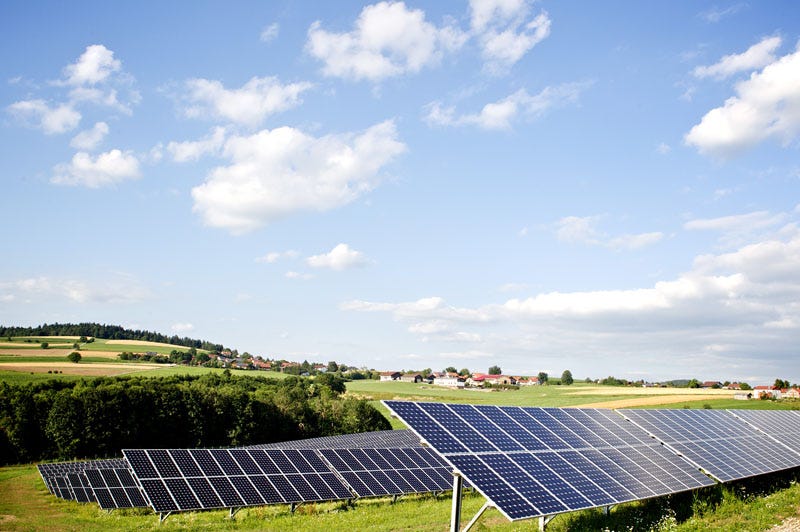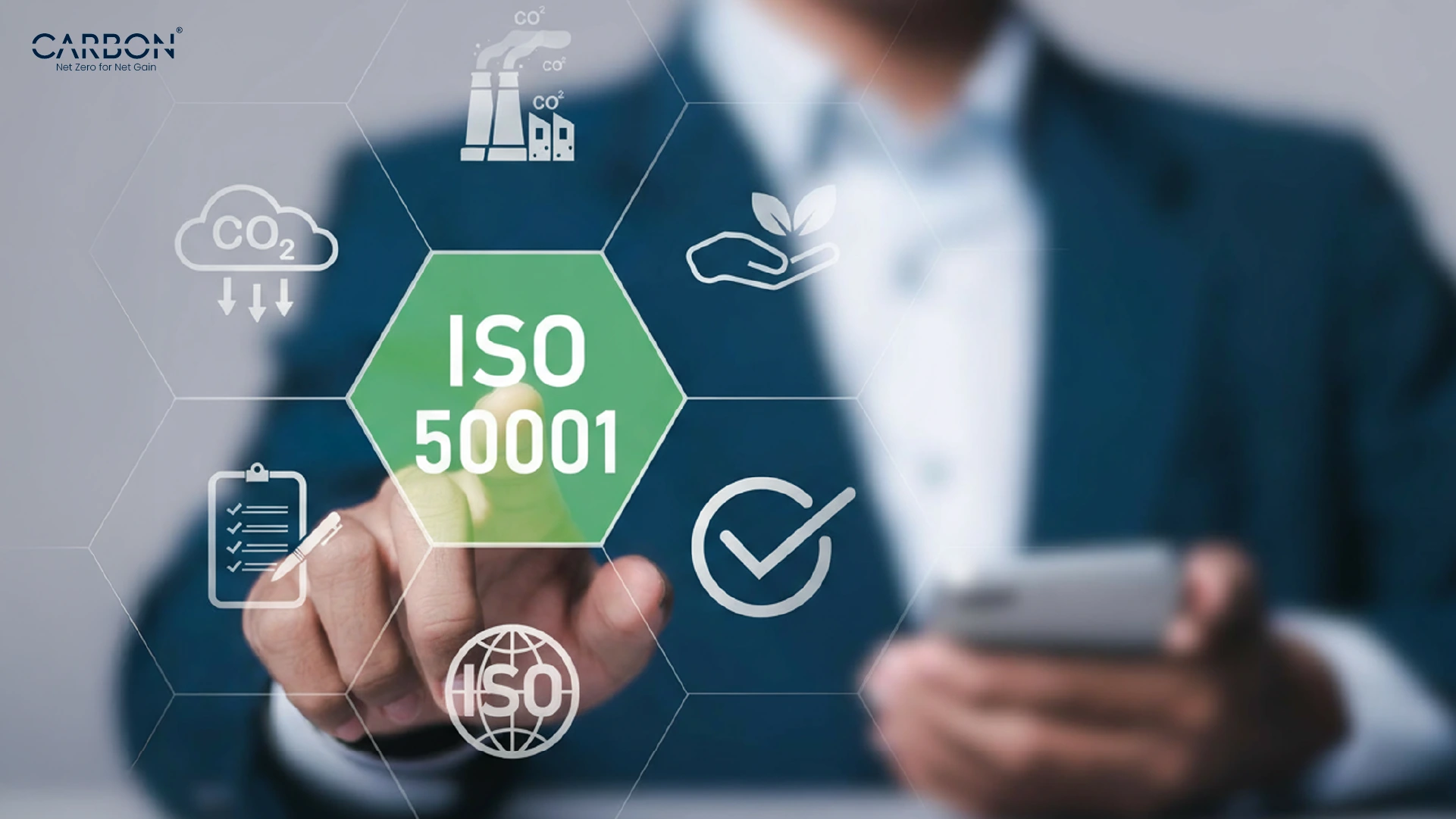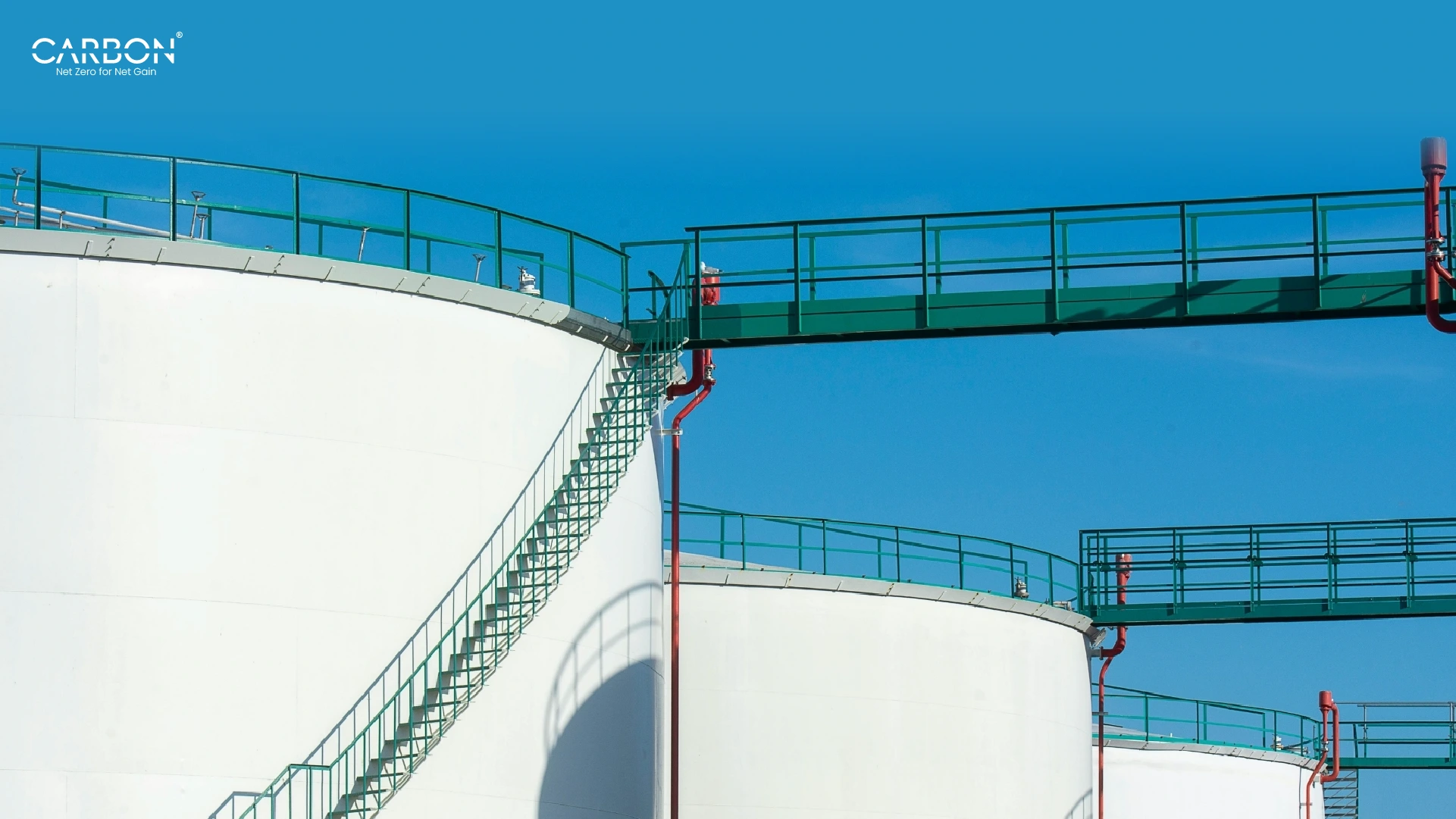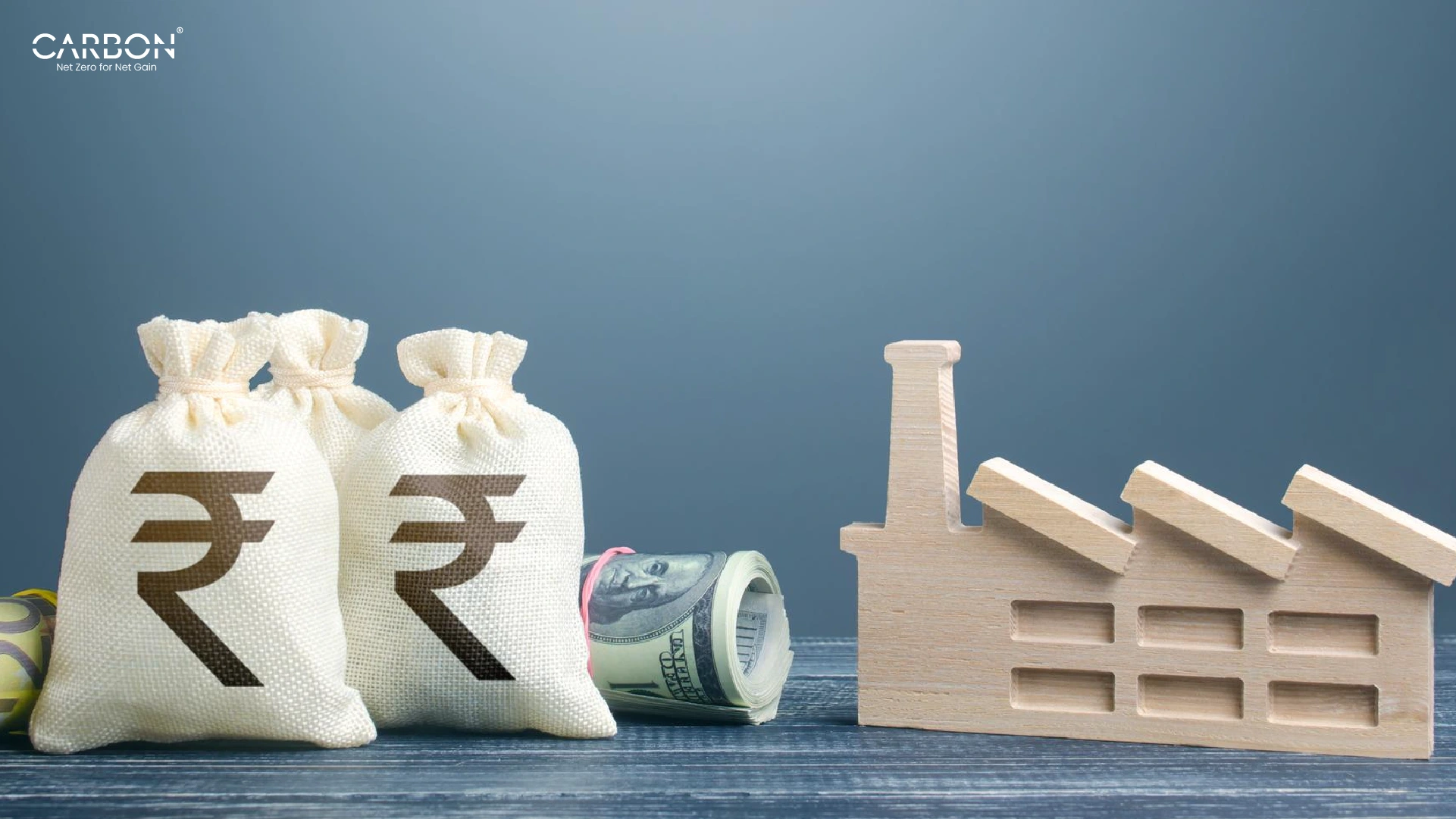How the Business Leadership Can Thrive in the Green Economy
Sustainability is transforming from a peripheral concern to a central driver of innovation and growth in the business world. Yet, the journey towards embedding this into the core of business strategies presents a formidable challenge in business leadership today.
At the heart of this shift is a question.
The challenge business owners and CEOs face is crafting a sustainability strategy that complements and propels business growth, rather than hindering it. This delicate balance requires a nuanced approach, blending commitment to environmental stewardship with sharp business acumen.
Here, we explore the essentials of building a robust sustainable strategy.
The Imperative for Sustainability in Business
The green economy, characterized by a dramatic shift towards sustainable practices and green technologies, is rapidly reshaping the business landscape.
This burgeoning sector promises a future where economic growth aligns with environmental sustainability in business. And offers hope for addressing pressing global challenges like climate change and resource scarcity.
The potential of the green economy stretches far beyond mere environmental benefits. It heralds new opportunities for Innovation, market expansion, and competitive advantage.
In other words, sustainability is not just about doing good for the planet. It’s also about positioning your business as a forward-thinking, resilient, and responsible entity in a rapidly evolving global market.
In business leadership roles, those who recognize this imperative are setting their companies up for long-term success and relevance in the green economy.
The Foundations of a Sustainable Strategy
At the core of any thriving business in today’s green economy lies a robust sustainable strategy. But what exactly constitutes such a strategy?
In essence, it is a comprehensive plan that integrates environmental, economic, and social goals into the company’s operations, decision-making, and future planning.
This strategy is an integral part of the business model that influences every facet of the organization, from procurement and production to marketing and beyond.
The components of a sustainable strategy can be broken down into three key areas:
Environmental Stewardship
It involves initiatives aimed at reducing the company’s carbon footprint, improving resource efficiency, and minimizing waste. Moreover, it’s about making choices that benefit the planet, such as adopting renewable energy sources and implementing recycling programs.
Economic Viability
Any sustainable strategy must also make economic sense. This means finding ways to incorporate sustainability without compromising the company’s profitability. It involves investing in technologies and processes that yield long-term savings and returns.
Social Responsibility
This aspect focuses on the company’s impact on its employees, customers, and the wider community. It includes fair labor practices, community engagement, and efforts to improve customer well-being.
It’s the business leadership’s vision and commitment that set the tone, encouraging every team member to adopt and advocate for sustainable practices.
If you want to lead the way for your company, contact CarbonMinus today. Our resource management solutions drive higher profits for businesses, while helping you adhere to global environmental norms. For further details, you can book a demo from our website.
Integrating Sustainability with Business Goals
Merging sustainability with business goals is a strategic endeavor that requires a thoughtful approach.
Here are practical steps for the business leadership to align their sustainability efforts with overarching business objectives:
A. Identifying Sustainability Opportunities in Business Operations
Conduct a Sustainability Audit
Start by assessing your current operations to identify areas where sustainability can be enhanced. This might involve energy consumption, waste management, supply chain practices, or product design.
Set Measurable Targets
Based on the audit, set clear, achievable sustainability goals related to energy efficiency, waste reduction, and resource conservation. Ensure these targets are aligned with your business’s growth objectives.
Leverage Technology for Efficiency
Invest in technologies that boost operational efficiency and reduce environmental impact. This could range from energy-efficient machinery to digital tools for reducing paper usage.
B. Embedding Sustainability into the Core Business Model
Rethink Product/Service Design
Innovate your offerings to be more sustainable, considering the lifecycle impact of your products or services. This could involve using recycled materials, enhancing product durability, or offering services that encourage sustainability.
Engage Stakeholders
Include employees, customers, suppliers, and investors in your sustainability journey. Their insights and participation can lead to innovative solutions that further align with your business goals.
Report and Reflect
Regularly report on your sustainability progress, reflecting on both successes and areas for improvement. This transparency can strengthen stakeholder trust and highlight your commitment to sustainability.
Integrate Sustainability into Corporate Culture
Make sustainability a core value within your organization. Training programs, employee engagement initiatives, and incentives can encourage a company-wide culture of sustainability.
Measuring and Communicating the Success of a Sustainable Strategy
The effectiveness of a sustainable strategy hinges on its implementation and on how its impact is measured and communicated.
Transparent reporting and engagement with stakeholders about sustainability efforts are crucial for building trust and driving further improvement.
Here’s how businesses can track, measure, and showcase their sustainability initiatives:
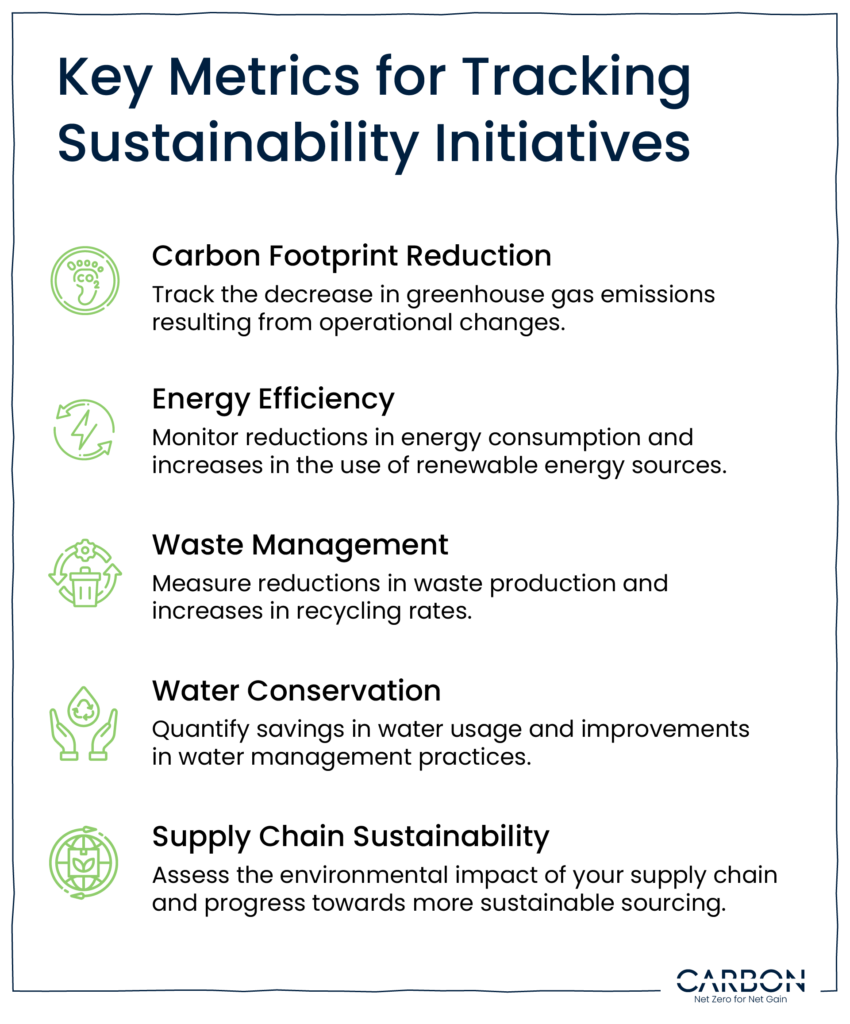
Tools and Techniques for Measuring Impact
- Sustainability Reporting Tools: Utilize sustainability reporting software that aggregates data across various sustainability metrics, offering a comprehensive view of your environmental impact.
- Life Cycle Analysis (LCA): Conduct LCA to understand the environmental impact of products or services throughout their life cycle, from production to disposal.
- Employee and Stakeholder Surveys: Gather feedback to measure the internal perception of your sustainability efforts and identify areas for improvement.
Best Practices for Communicating Sustainability Efforts to Stakeholders
- Create a Sustainability Report: Publish an annual report detailing your sustainability goals, the strategies employed to achieve them, and the progress made.
- Use Storytelling: Share stories that highlight specific sustainability initiatives and their impact, making the data more relatable and engaging.
- Engage Through Social Media: Regularly post updates on social media platforms about your sustainability efforts, engaging with your audience through stories, infographics, and interactive content.
- Involve Customers in Your Journey: Offer customers ways to participate in your sustainability initiatives, whether through product choices, feedback mechanisms, or community engagement programs.
- Transparent Communication with Investors: Keep investors informed about how sustainability contributes to the company’s long-term value creation. For this use clear metrics and demonstrate alignment with broader business objectives.
Leveraging CarbonMinus’ Energy Management Solutions
CarbonMinus, as a resource and energy management platform, harmonizes business growth objectives with environmental stewardship.
With its suite of analytics, insights, and tools CarbonMinus helps businesses execute their sustainable strategy with precision and accountability.
Analytics and Insights
At the heart of CarbonMinus’s offerings lies its sophisticated analytics platform, providing businesses with the data-driven insights needed for informed decision-making. From energy consumption patterns to resource utilization efficiencies, these insights enable the business leadership to identify areas for improvement and track the impact of their sustainability initiatives.
Operational Sustainability and Compliance Tools
CarbonMinus offers a comprehensive toolkit designed to enhance operational sustainability and ensure regulatory compliance. Whether it’s through optimizing energy use, reducing emissions, or managing waste more effectively, these tools are tailored to support businesses in their sustainability journey.
Identifying Efficiency Opportunities
CarbonMinus recognizes that sustainability and business growth are not mutually exclusive but are, in fact, complementary. It pinpoints areas where resources can be used more efficiently, helping businesses reduce costs and improve their bottom line.
Enhancing Brand Reputation
In today’s market, a commitment to sustainability can significantly enhance a company’s brand and attract customers, employees, and investors. CarbonMinus’s solutions facilitate the communication of sustainability efforts, thereby bolstering your company’s reputation.
Future-proofing Businesses
With CarbonMinus, companies can stay ahead of regulatory changes and societal shifts towards sustainability, ensuring long-term viability and success in a green economy.
Embark on Your Sustainable Journey
Ready to transform your sustainability vision into reality?
Start your journey with CarbonMinus today! Propel your business into a future where business growth and environment go hand-in-hand.

